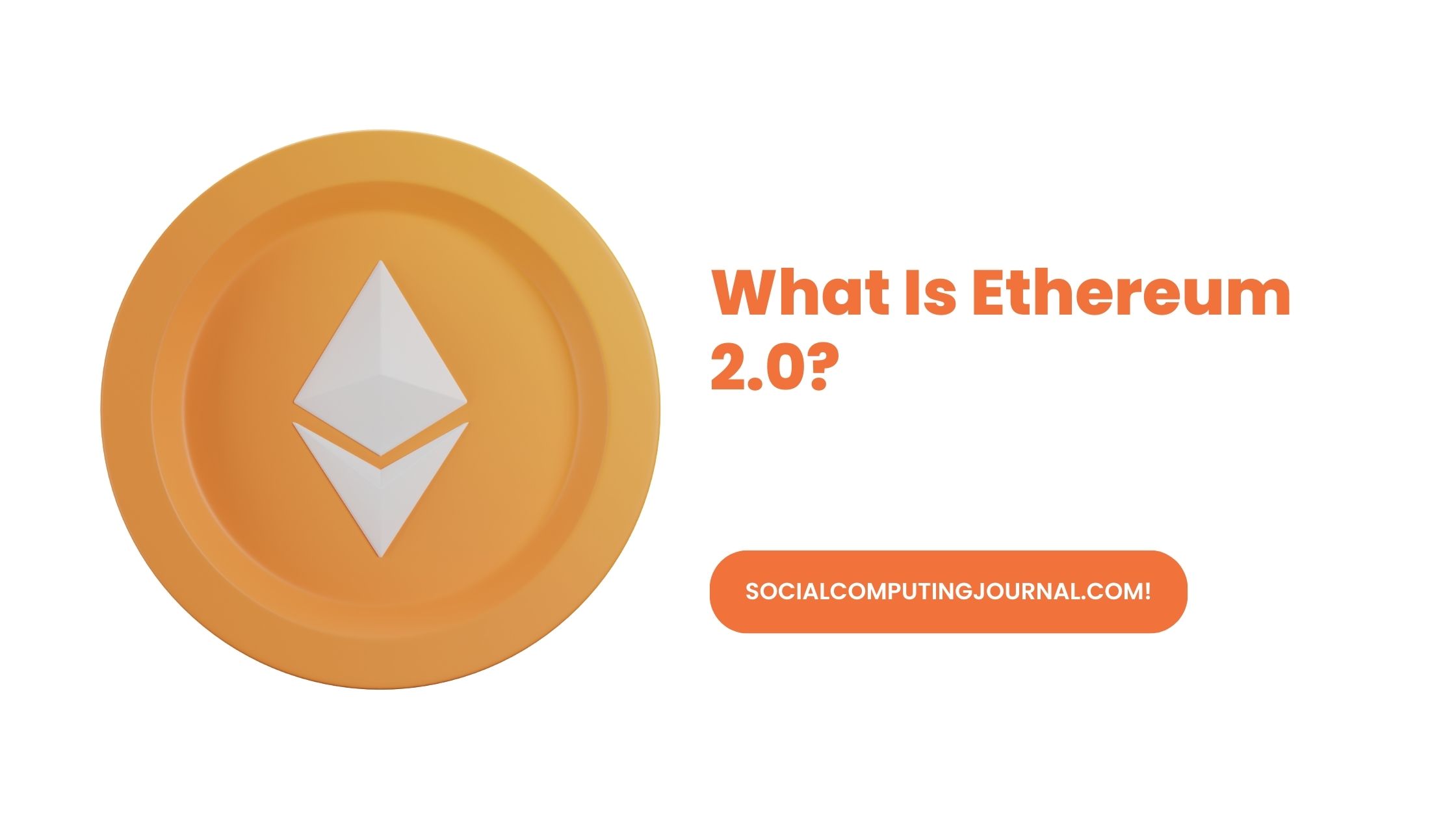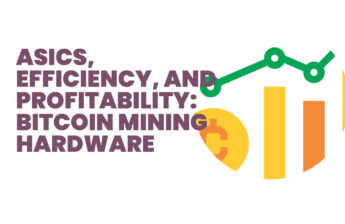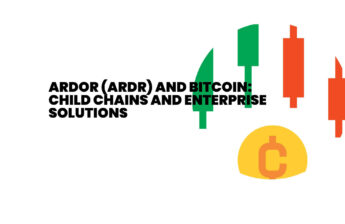Have you ever encountered sluggish transaction speeds and hefty fees while using the Ethereum network? You’re certainly not alone. Ethereum 2.0, also known as Eth2 or Serenity, is a groundbreaking upgrade designed to address these very issues and transform Ethereum into a more scalable and sustainable platform. We have up with this article to help you learn more about Ethereum 2.0
What is Ethereum 2.0?
Consider Ethereum 2.0 as a significant revamp for the Ethereum network. It’s a multi-stage process that introduces innovative technologies to overcome limitations in scalability and efficiency. Here’s a breakdown of the key improvements you can expect:
Faster Transactions: Imagine processing transactions on multiple lanes instead of a single highway. That’s the core idea behind sharding, a technique that splits the network into sections (shards) that can handle transactions simultaneously, significantly increasing overall network capacity.
Lower Fees: With sharding comes the potential for dramatically lower transaction fees. This could make Ethereum more accessible for everyday users and developers alike.
Sustainable Future: Ethereum 2.0 transitions from a Proof-of-Work (PoW) system to a Proof-of-Stake (PoS) system. Unlike PoW, which requires vast amounts of computing power, PoS relies on validators who stake their own Ethereum (ETH) to secure the network. This significantly reduces energy consumption, making Ethereum a more environmentally friendly choice.
Understanding the Mechanics
While the technical details can get intricate, here’s a simplified explanation of the two main changes:
Proof-of-Stake (PoS): Imagine securing a network by locking up a deposit (like a stake in a game). In PoS, validators stake their ETH to participate in the network’s validation process. They’re randomly chosen to propose new blocks and earn rewards for their contribution. If they try to cheat, they risk losing their stake, creating a strong incentive to play by the rules.
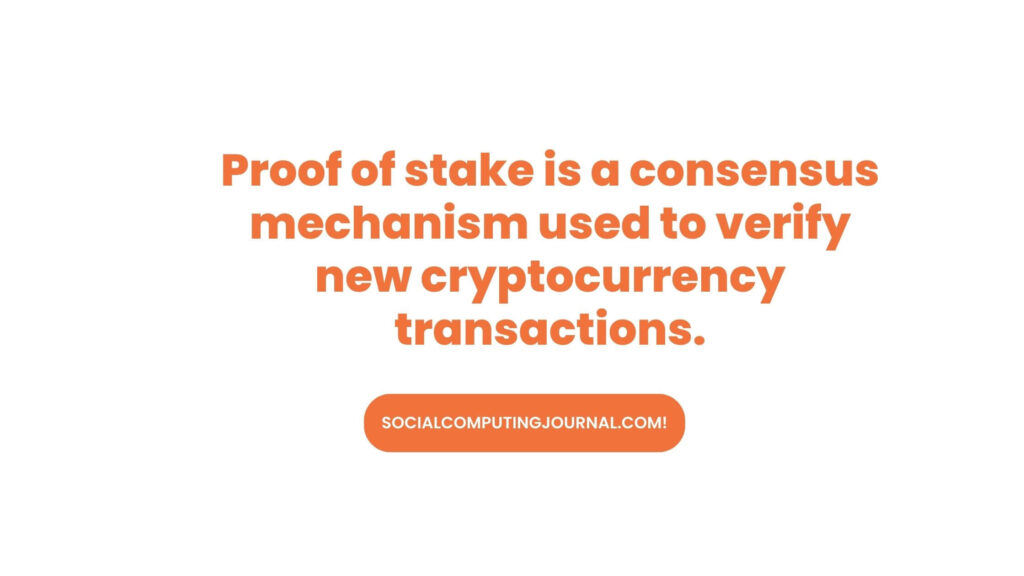
Sharding: Think of a large database being split into smaller, more manageable sections. Sharding does just that, dividing the Ethereum network into shards, each capable of processing transactions independently. This significantly increases the network’s overall processing power.
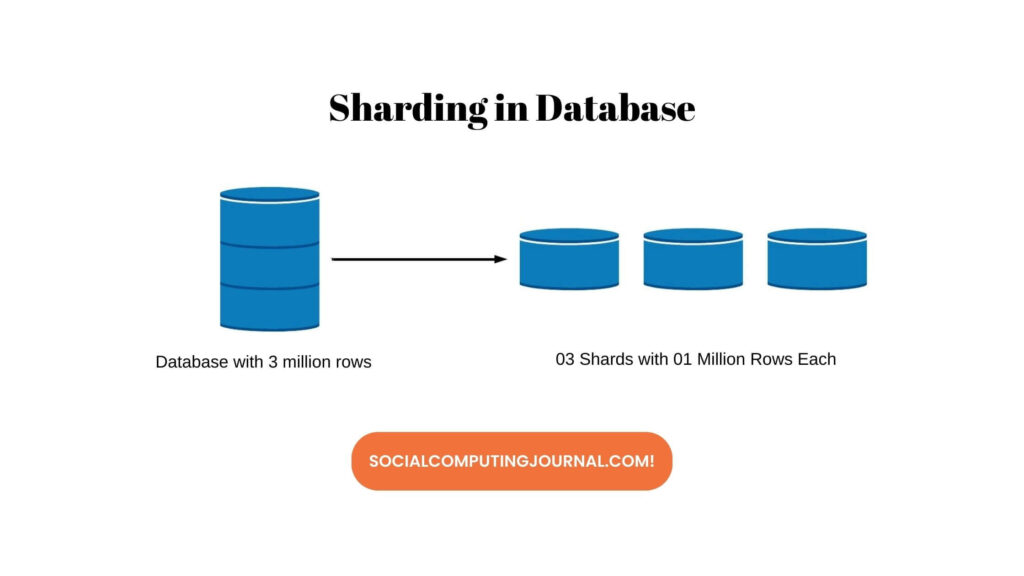
Security Considerations
Security is paramount in any blockchain network. While PoS is a newer technology compared to PoW, Ethereum 2.0 is designed with robust security measures. Validators are randomly assigned to different shards, making it difficult for any one group to manipulate the system. Additionally, the Beacon Chain, introduced in December 2020, acts as a central hub that coordinates validators and ensures the overall security of the network.
The Roadmap to Ethereum 2.0
The transition to Ethereum 2.0 is happening in phases. The Beacon Chain is already live, and the Merge, which fully transitioned Ethereum to PoS, was completed in September 2022. Sharding is still under development, with the initial stages focusing on data distribution across shards. Future phases will enable shards to handle smart contracts and accounts independently, further enhancing scalability and efficiency.
Dive Deeper into Ethereum 2.0
Curious about the future of Ethereum 2.0? Here are some resources to explore further:
- The Ethereum Foundation Blog: https://blog.ethereum.org/
You can also read more here : The Intricacies of Proof of Stake in Ethereum 2.0
Ethereum 2.0 represents a significant leap forward for the blockchain industry. With its focus on speed, efficiency, and sustainability, it has the potential to pave the way for a new era of decentralized applications and financial services that are not only powerful but also environmentally conscious. Remember, this is a complex technical upgrade, and while PoS has a proven track record in other blockchains, Ethereum’s implementation is still relatively new. As with any new technology, there may be unforeseen challenges, but the potential benefits are significant.
Is Ethereum 2.0 better than Ethereum?
At the moment, Ethereum uses a Proof of Work (PoW) consensus process, which uses a lot of energy and computer power. Ethereum 2.0, on the other hand, will switch to a Proof of Stake (PoS) consensus method, which uses less energy and is better for the environment.
Was Ethereum 2.0 successful?
No, ETH 2.0 is not a new currency, and it won’t alter users’ existing ETH holdings. Since staking will replace mining as the method by which transactions on the Ethereum blockchain are approved, the Merge will probably have a greater impact on ether miners than holders.

